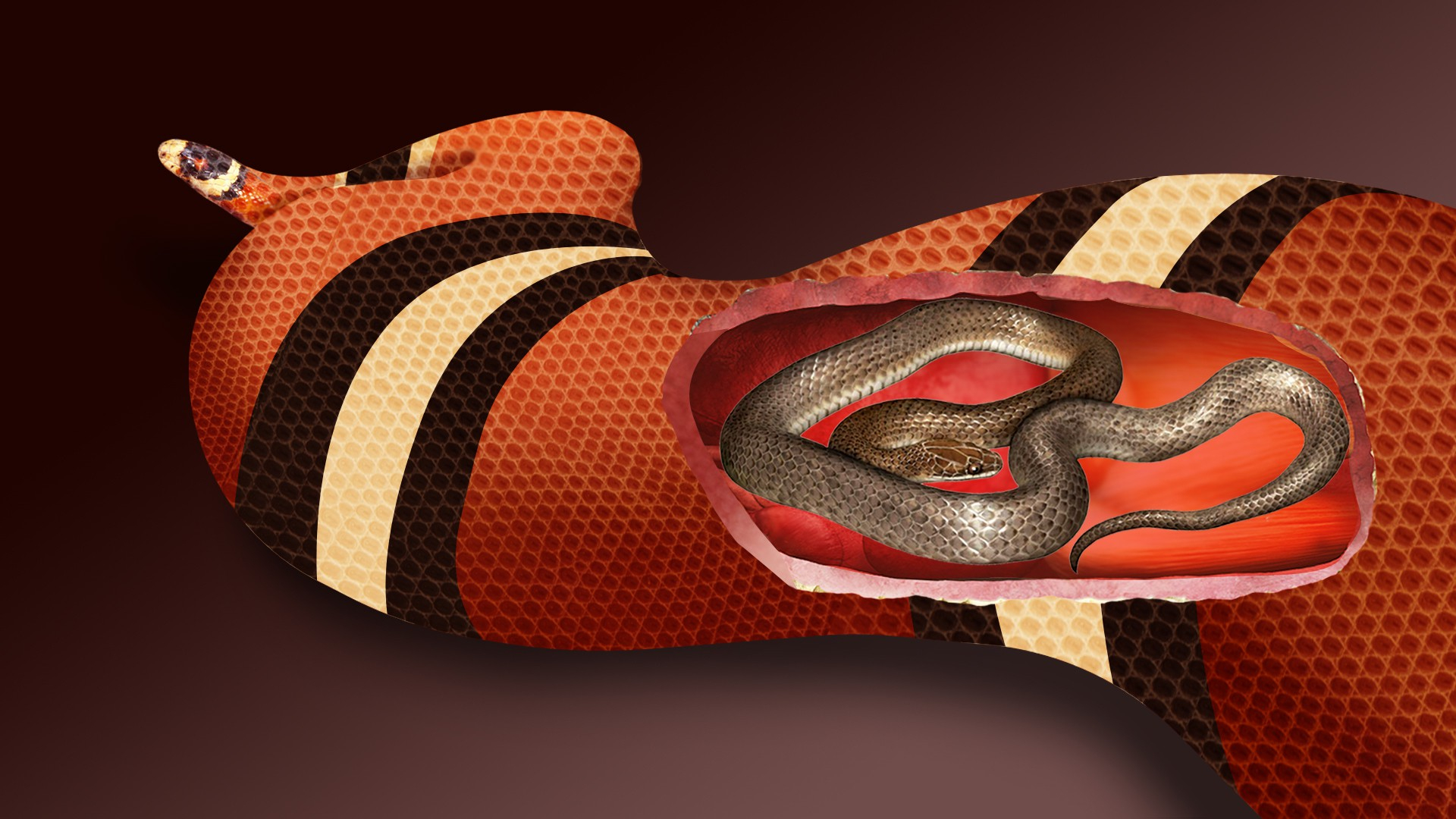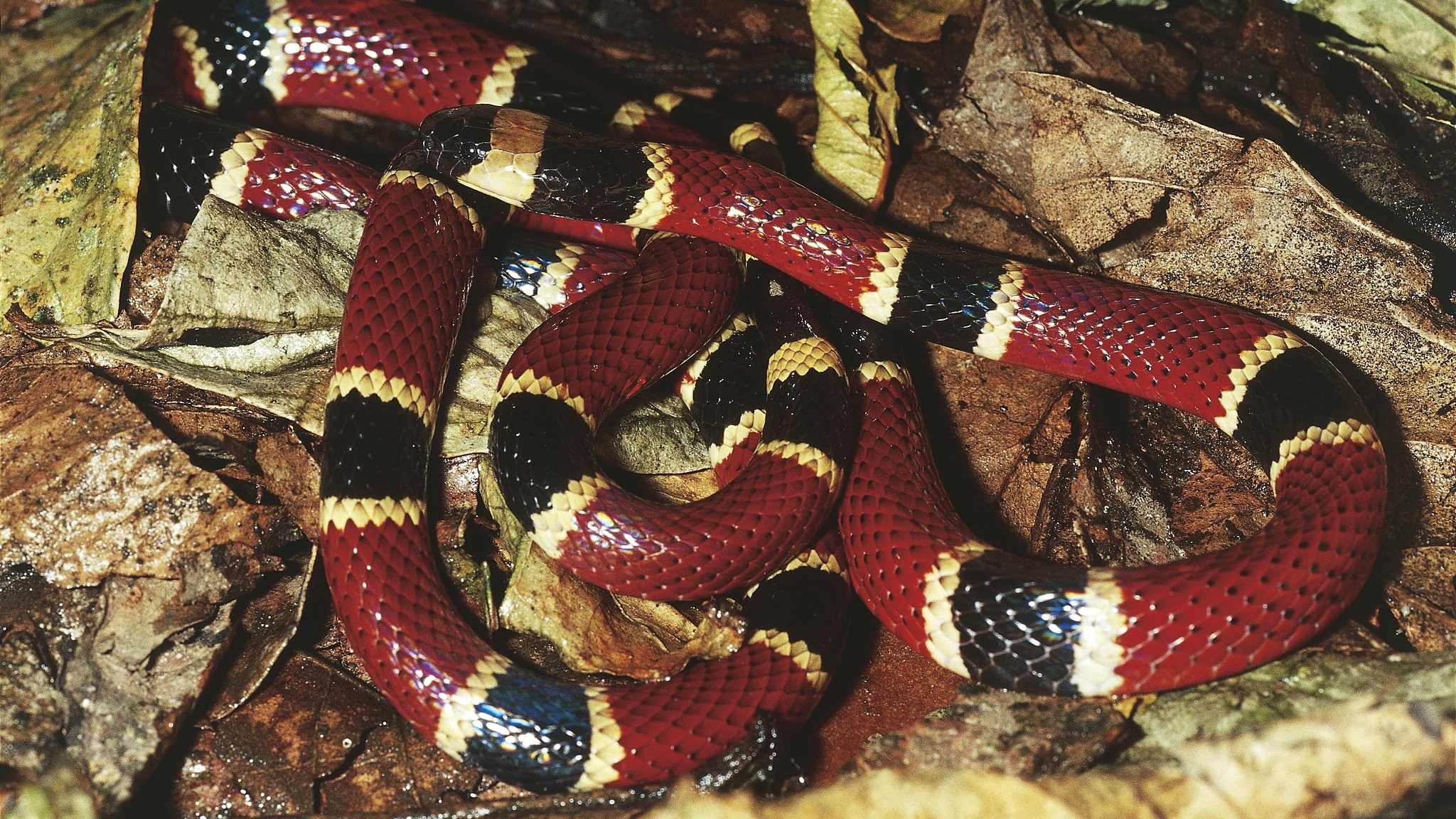
Nature
11:33, 03-Jan-2019
New snake species discovered in another snake’s belly
Updated
11:24, 06-Jan-2019
By Li Yunqi

Researchers from the University of Texas at Arlington in the U.S. have recently discovered a new species of snake in the belly of a Central American coral snake from 40 years ago.
Even though it is not the first time a new species has been found inside the belly of the fierce coral snake, there is something unique to this newly discovered creature. Plain as it seems, the shape of its skull and the covering of its hemipenis - its male sexual organ - are the main features that set it apart from its relative as a new species, but they are unique enough to make it qualify as a new genus, a higher ranked biological classification.
The snake's skeleton and teeth, along with its 25.8 centimeter length, suggests that it is most likely a burrowing snake that feeds on insects. This mysterious creature is plain and uniformly pale brown. However, researchers have found distinctive irregular geometric stripe patterns on its underside. It will likely remain a mystery for the scientists why a secretive burrowing snake has these distinctive patterns until they get the chance to study a live specimen.
Scientists have named this small and bizarre snake Cenaspis aenigma, the “mysterious dinner snake”, which derives from the Latin cena (dinner), aspis (a snake variety), and enigma.

The Central American coral snake usually feeds on smaller serpents. /VCG Photo
The Central American coral snake usually feeds on smaller serpents. /VCG Photo
The most intriguing part of the discovery is that the new species has already been preserved for more than 40 years. The vibrantly colored coral snake was found by palm-harvesters working in the forest of in the southern Mexican state of Chiapas in 1976. Scientists later obtained the snake and realized there was something different to the meal, which was an unknown species, in its stomach, but decided to preserve it in a museum collection.
Only recently did a research team from the University of Texas complete a study on the snake and publish its findings in the Journal of Herpetology.
The comprehensive knowledge about the “dinner snake” has yet to be unveiled, but the odd Russian doll nature of the discovery reveals the enigmatic charm of the world's biodiversity.
(Top image designed by CGTN's Li Yueyun)

SITEMAP
Copyright © 2018 CGTN. Beijing ICP prepared NO.16065310-3
Copyright © 2018 CGTN. Beijing ICP prepared NO.16065310-3